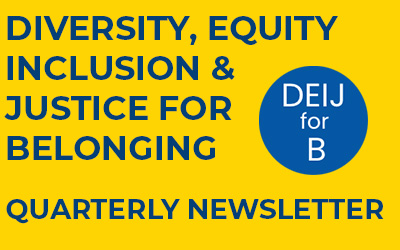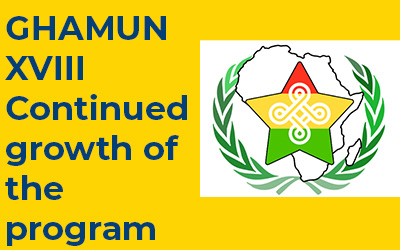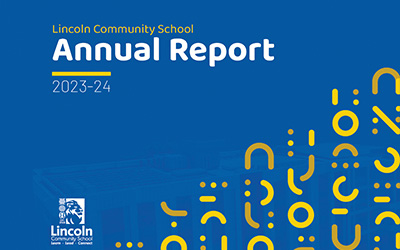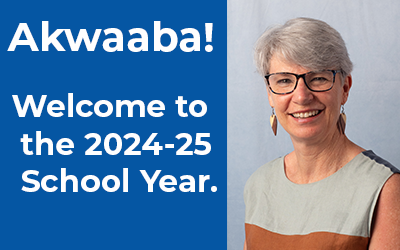Lincoln Community School Blog Posts
Book Donation and Reading Initiative at Multikids Inclusive Academy
The Ghana Must Read LCS Club recently organized a visit to Multikids Inclusive Academy in East Legon. This initiative saw students from LCS come together to donate books and engage in reading sessions with the children of Multikids.
AISA GISS Presents Kola Kati-Act Now!
Read abut the recent trip to the AISA GISS conference in Uganda with the theme Kola Kati – Act Now. Article by Priyanka (Class of 2027)
LCS Swimming partnership with Golden Age School
Grades 9 & 10 engaged in a Service Learning activity as part of their PHE class. They worked with students from a neighbouring school on their swimming skills.
DEIJ for B Newsletter January 2025
Read all the latest from the DEIJ for Belonging groups at LCS: Head of School, Students and the Parent Advisory Group
GHAMUN continues to grow
LCS will be hosting our annual GHAMUN conference soon and this article talks about the expansion of the program to new schools.
LCS Gratitude Day
At the end of last year students took time out to meet staff at LCS they wouldn’t normally get a chance to interact with. They also showed their gratitude for all the work they do.
Humans of Abelemkpe
This is an LCS student article about a project called ‘The Humans of Abelemkpe’. The project tied in with a service learning initiative. Article by Avik (Class of 2026)
DEIJ for B Newsletter October 2024
Read all the latest from the Diversity, Equity, Inclusion and Justice for Belonging team here at LCS.
Catapult and Bridge Project
This post shows off the engineering skills of our 6th and 7th grade students and our state of the art makerspace.
LCS Students Visit Former President John Agyekum Kufuor to Promote Reading
Naomi Ferrao (Class of 2026) writes about the LCS Ghana Must Read visit to former President John Agyekum Kufuor.
LCS Annual Report 23-24
Today, we are publishing, for your information, our annual report which includes summaries about school operations during the 2023-24 academic year.
Welcome to the 2024-25 School Year
Ms. Lesley Tait, LCS Head of School welcomes the whole community, and especially our new members, to the 2024-25 school year.
Alumni Spotlight – Joetta Appiah
Alumni Spotlight: Joetta Appiah. Read her story of an amazing journey as an LCS graduate to the White House in Washington.
Personal Project Exhibition 2024
Meet some of our 10th Graders showing off their MYP Personal Projects at the LCS Personal Project Expo.
Interact Club Beach Sweep
In April 2024, the LCS Interact Club supported a Independence Square Beach clean-up hosted by the organization, Mayekoo.
LCS Students and Prescribed Joy
Read about a visit from several LCS students to the Pentecost Hospital in Medina.















